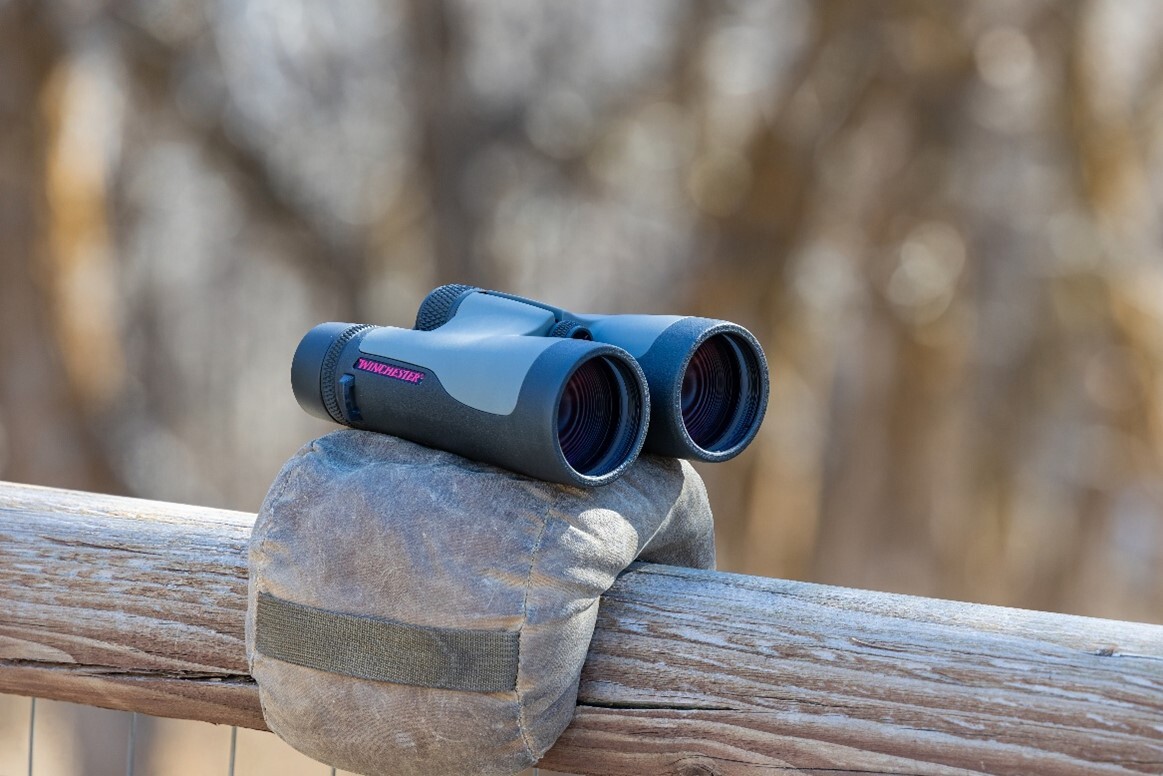Bird watching is all about sharp eyes and patience. You have to wait, listen, and track every movement. The right binoculars can help you see more but the wrong pair slows you down. For this reason, you need a tool that is light, clear, and easy to carry.
This is what a compact binocular gives you. They fit in your bag and don’t weigh you down. They bring you closer to nature. But not all are the same. Some are bright and crisp. Others struggle in low light. Some last for years. Others break too soon.
So, what should you look for in a compact binocular? Let’s break it down.

Why Compact Binoculars Are Ideal for Bird Watching
Birds move fast. You need binoculars that are easy to handle. Heavy models can slow you down. Compact binoculars give you a clear view without the extra weight.
Compact binoculars fit in one hand. You can carry them on long walks without strain. They are perfect for tracking birds in flight or watching from a distance.
Their small size makes them easy to store. You can even slip them in a pocket or bag when you don't want them. These will be a smart choice for you if you must travel light.
Even with their small size, good models provide sharp images. You don’t have to sacrifice clarity. High-quality lenses and coatings improve brightness and contrast.

Magnification and Objective Lens Size
Magnification affects how close birds appear. A higher number doesn’t always mean a better view. Too much magnification can make the image shaky.
For birding, 8x or 10x magnification works best. This range gives you a stable view while keeping details sharp. Anything higher makes it harder to track birds in motion.
The objective lens size affects light intake. When you have more light, you have a brighter image. A 25mm to 32mm lens is common in compact binoculars. Larger lenses offer better views in dim light but add weight. If you birdwatch early in the morning or at dusk, choose a model with good lens coatings to improve brightness.
Lens and Prism Quality for Sharp Images
A good lens will change the game altogether. Poor optics result in blurry images. If you want binoculars that show bright, crisp details, you should go for fully multi-coated lenses are best. They reduce glare and improve light transmission. This way, you will find it easy in shaded areas or during sunrise and sunset.
BAK4 prisms provide a sharper image than BK7 prisms. They produce better contrast and reduce distortion at the edges.
Phase-coated prisms increase color accuracy. Birds have rich, vibrant colors, and with a good coating, you can see them as they are.
Lightweight and Comfortable Design
Long hours in the field can be tiring, and when you have heavy binoculars, it only adds to the strain. This is why you should go for a lightweight model, which lets you move easily.
A strong but light frame is key. Thermoplastic or magnesium alloy keeps weight low while staying durable.
Rubber armor provides grip and absorbs impact. It also protects against minor bumps and drops.
Adjustable eyecups help those who wear glasses. You get a full field of view without discomfort.
Balance is important. Well-designed compact binoculars prevent your hand fatigue. This also means you have a steadier image and a better experience.

Weather Resistance for Outdoor Adventures
Bird watchers don’t stop when the weather changes. Your binoculars shouldn’t either. A good pair can handle rain, fog, and dust.
Waterproof models prevent moisture from seeping in. This is helpful in damp areas or during sudden rain. Fog-proofing keeps your lenses clear in temperature shifts. Nitrogen or argon-filled binoculars resist internal fogging.
A rubber-coated body shields against the elements. This kind of shield also prevents dust and debris from affecting the lenses.
Durability matter too. Birding takes you to different environments. A rugged model will last longer.
Focus System and Field of View
Birds don’t sit still. You need a quick and smooth focus. A center-focus system is common. It allows you to adjust both lenses at the same time.
The field of view (FOV) determines how much you can see at once. A wider FOV helps you track birds in motion. Look for at least 300 feet at 1,000 yards.
Close focus distance matters too. Some birds stay near the ground or in bushes. A good pair lets you focus on birds as close as 6-8 feet.
Sharp focus means better tracking. This makes birding more enjoyable and less frustrating.
Conclusion
Your bird-watching game can have a real boost when you have a good pair of compact binoculars. If you want to watch the birds with all their details and in their true color shades, you need to make the right choice with the binoculars.
Some stand-out features to look for are lightweight design, high-quality lenses, and a smooth focus. But if you can add weather resistance to the list, you have a long-lasting pair.
Invest in a model that suits your style. You’ll get sharper images, better comfort, and a more enjoyable time in the field.
#binoculars #birdwatching
